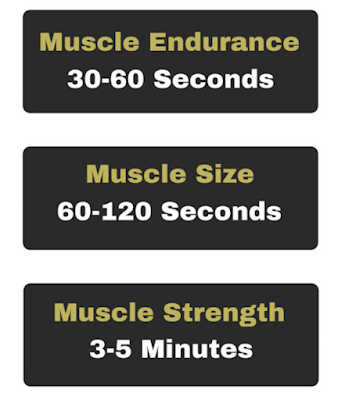Two of the newest workout trends are wearing a weighted vest and also “rucking” which is walking with a weighted pack. Both of these options have actually been around for quite some time, and there is solid research showing the benefits of adding weight to your body for exercise and daily activities.
What Weight should you use?
Start with 5-10% of your body weight to allow your muscles, bones and joints to adapt without causing injury. Example: If you weigh 150lbs start with a vest between 7.5 and 15lbs. Gradually increase the vest weight as your strength improves but avoid exceeding 15-20% of your body weight to prevent strain and injury.
Incorporate into Daily Activities
Just wearing a weighted vest while walking increases resistance, engages more muscles and burns more calories. Studies show that walking with a weighted vest can increase calorie burn by 10-15% compared to regular walking.
Wearing a vest while climbing stairs or hills increases intensity – leading to greater strength gains and increased calorie burn.
Wearing a vest during household chores, yardwork, and errands adds resistance and boosts energy expenditure without requiring extra time.
Use in Workouts for an Added Challenge
Wearing a vest during bodyweight exercises such as squats, lunges, push-ups, pull-ups, and planks increases the overload increasing strength and power.
Using a vest during running is best reserved for more advanced runners. Start gradually with a lighter weight vest and gradually increase time and weight used to prevent strain and injury. The best vests for running and jumping and use during sports are form fitting so that the weight of the vest does not move up and down. Hyperwear Weighted Vests are some of the best for these activities: https://hyperwear.com/
Using a vest during jumping and while playing sports can improve strength, power and endurance dramatically over time. The key is using a form fitting, snug vest and not using too much weight so that your form and movement patterns are not altered which can cause injuries and alter movement mechanics in a negative way.
Progress Gradually
Start with low impact activities such as walking and light household chores before progressing to higher intensity activities.
Listen to your body: reduce weight or take breaks if you experience discomfort or pain.
Increase weight slowly: as you adapt, add weight in small increments (2 – 5% of your body weight) to continue to progress.
Key Benefits of Weighted Vests
· Increased calorie burn
· Enhanced strength
· Increased bone density
· Improved endurance and cardiovascular health
· Time efficiency





